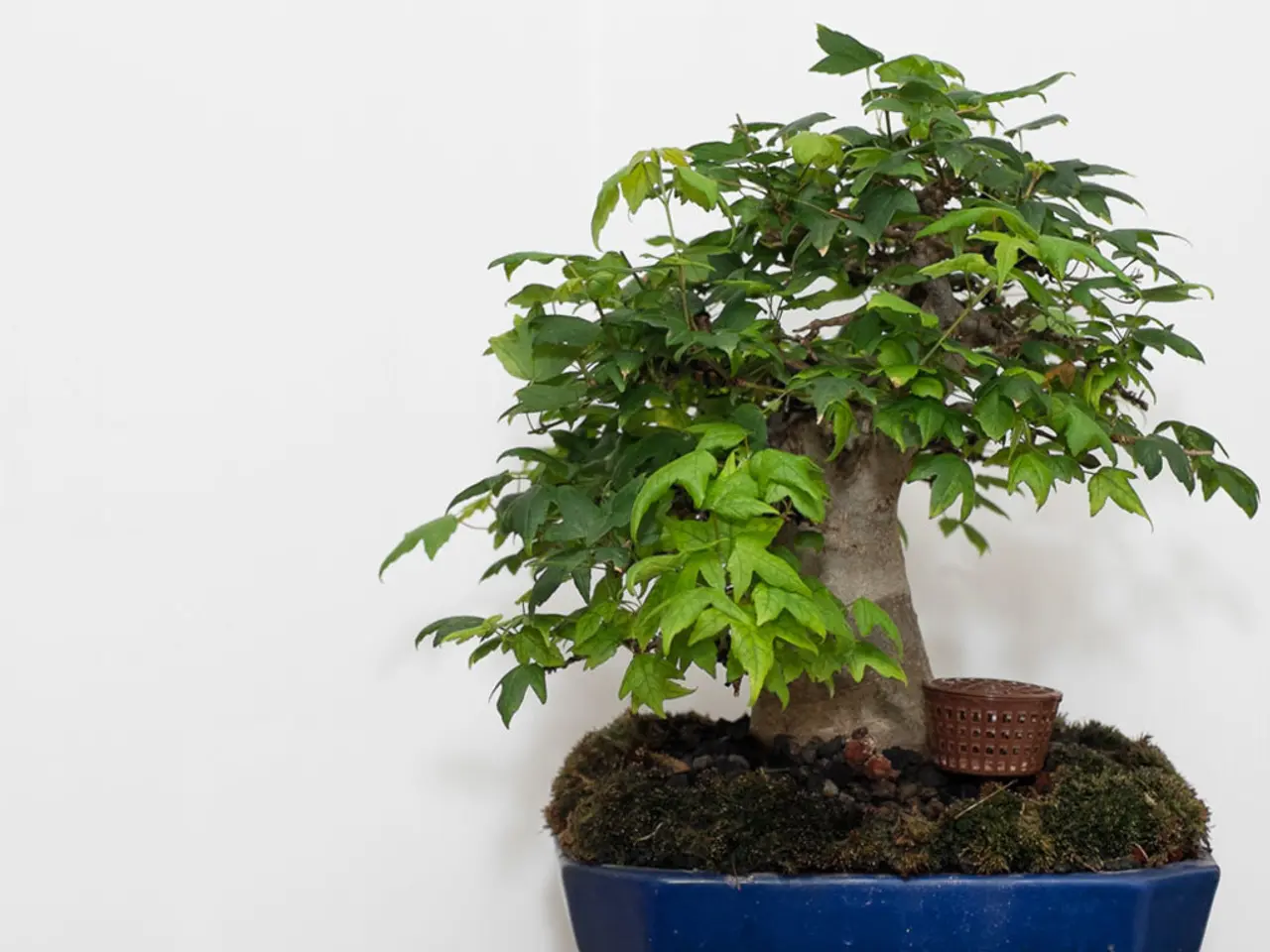Optimal Bonsai Soil Mixture: Finding the Ideal Blend for Your Local Weather Conditions
Choosing the Perfect Soil Mix for Your Outdoor Bonsai
Caring for a bonsai tree in an outdoor environment requires a thoughtful approach, especially when it comes to choosing the right soil mix. Here's a guide to help you select a soil that will support your tree's roots through various seasons and climate challenges.
The Importance of a Resilient Soil Mix
It's crucial to examine how your selected soil mix will react to thawing cycles, ensuring it stays strong and supportive of your bonsai's roots as the seasons wax and wane. Soil mixes with high insulation properties can protect roots from freezing temperatures in cold climates, while those with good drainage can prevent waterlogging in humid conditions.
Key Ingredients for a Durable Soil Mix
When selecting a soil mix, look for ingredients that can absorb and retain water without expanding excessively, such as pumice or lava rock. Opt for minerals like akadama or lava rock that can withstand freezing temperatures and thawing cycles. Organic matter like peat moss or compost can help improve soil structure and drainage, while also providing a buffer against the stresses of thawing cycles.
Balancing Water Retention and Drainage
Nutrient retention is equally essential, as it enables the soil to hold and release essential elements as needed. A mix with a balanced density will settle less, reducing the risk of air pockets and waterlogging. An ideal bonsai soil mix includes Akadama for water retention and nutrient binding, pumice and lava rock for drainage and aeration, and organic components like pine bark or composted bark to provide nutrients and moisture retention, ensuring protection against outdoor climate challenges.
Considering Climate-Specific Needs
As you select a soil mix for your outdoor bonsai, it's essential to take into account the regional climate where your tree will be growing, as different climates pose unique challenges that demand tailored solutions. In coastal or high-humidity climates, use mixes with high draining capacity, like those containing perlite, vermiculite, or coarse sand, to prevent waterlogging and root rot. In arid climates, incorporate more inorganic matter, like pumice or lava rock, to improve drainage and prevent drying out.
Preventing Pests and Diseases
To address the effects of fluctuating weather conditions, selecting a soil mix that can adapt to these changes is crucial. Prevent pests and diseases in outdoor bonsai soil mixes by incorporating natural ingredients like neem oil, diatomaceous earth, and beneficial microbes.
Repotting for a Healthy Tree
Finally, remember to repot your outdoor bonsai every 2-5 years to give roots room to breathe and absorb fresh nutrients, ensuring a vibrant, thriving tree.
By considering these factors, you can create a custom soil mix that will provide the ideal environment for your outdoor bonsai, allowing it to thrive and grow for years to come.
Read also:
- Peptide YY (PYY): Exploring its Role in Appetite Suppression, Intestinal Health, and Cognitive Links
- Toddler Health: Rotavirus Signs, Origins, and Potential Complications
- Digestive issues and heart discomfort: Root causes and associated health conditions
- House Infernos: Deadly Hazards Surpassing the Flames








